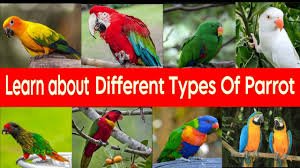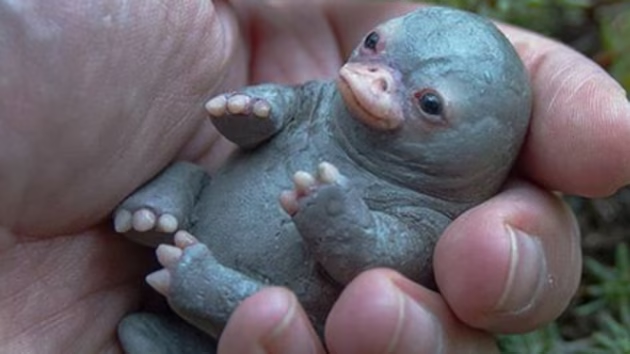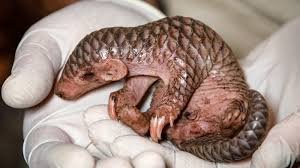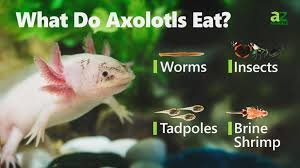
types of parrots
Known for their vivid colors, intelligence, and often playful personalities, parrots are some of the most fascinating birds in the animal kingdom. With over 350 species worldwide, parrots vary greatly in size, temperament, talking ability, and care needs. From tiny lovebirds to majestic macaws, each type of parrot brings its own charm—and challenge—to the bird enthusiast’s life.
Parrots are popular as pets and are admired for their loyalty, longevity, and capacity to bond deeply with humans. However, owning a parrot isn’t just about teaching it to talk. These birds require mental stimulation, proper nutrition, space to fly, and consistent social interaction.
In this article, we’ll explore the most popular and recognizable types of parrots, including their unique traits, care needs, and what to consider before bringing one home.
1. African Grey Parrot
Often hailed as the Einstein of the bird world, the African Grey Parrot is renowned for its exceptional intelligence and speech capabilities. These birds can learn hundreds of words and even use them in context.
- Size: 12–14 inches
- Lifespan: 40–60 years
- Talking ability: Excellent
- Temperament: Intelligent, cautious, emotionally sensitive
- Best for: Experienced bird owners
African Greys need a stimulating environment, regular mental challenges, and plenty of interaction. They’re prone to emotional issues like feather plucking if bored or neglected.
2. Budgerigar (Budgie or Parakeet)
The budgie is one of the most common and beginner-friendly parrots in the world. Don’t let their small size fool you—they’re full of personality and can also be trained to talk.
- Size: 6–8 inches
- Lifespan: 5–10 years
- Talking ability: Moderate (some can learn many words)
- Temperament: Social, playful, curious
- Best for: Beginners and families
Budgies are low maintenance compared to larger parrots, making them ideal for people new to bird care. They thrive in pairs and enjoy a variety of toys and climbing structures.
3. Macaw
Macaws are known for their large size, brilliant plumage, and powerful beaks. They’re one of the most visually striking parrot species and have been beloved in aviaries and homes for centuries.
- Size: 30–40 inches (including tail)
- Lifespan: 50–80 years
- Talking ability: Good
- Temperament: Intelligent, loud, affectionate
- Best for: Experienced and dedicated bird keepers
There are many types of macaws, including Blue-and-Gold, Scarlet, Green-winged, and Hyacinth macaws. These birds need large enclosures, consistent training, and lots of attention.
4. Cockatiel
Cockatiels are known for their charming crests, whistling abilities, and gentle demeanor. They’re great companions and relatively easy to care for.
- Size: 12–13 inches
- Lifespan: 15–20 years
- Talking ability: Low to moderate (better at whistling tunes)
- Temperament: Friendly, easygoing, affectionate
- Best for: Families and beginners
Cockatiels can live happily in modest-sized cages and enjoy socializing with humans or other birds. Their gentle nature makes them a favorite in homes worldwide.
5. Amazon Parrot
Amazon parrots are medium to large-sized birds known for their strong personalities and impressive vocal abilities. They’re outgoing, bold, and love being the center of attention.
- Size: 10–18 inches
- Lifespan: 40–70 years
- Talking ability: Very good
- Temperament: Social, confident, occasionally moody
- Best for: Intermediate to advanced bird owners
These parrots form strong bonds with their caretakers and may become territorial. They do best with owners who understand bird body language and can commit to daily interaction.
6. Lovebird
Despite their name, lovebirds can be feisty and assertive. These small parrots are colorful, energetic, and have a strong bond with their mate—or their owner.
- Size: 5–7 inches
- Lifespan: 10–15 years
- Talking ability: Low
- Temperament: Bold, social, sometimes territorial
- Best for: Bird lovers with time for bonding
Lovebirds enjoy toys, puzzles, and frequent interaction. They thrive in pairs but can be kept solo if they receive plenty of human attention.
7. Conure
Conures are small to medium-sized parrots that are vocal, funny, and full of energy. They’re known for their expressive faces and strong bonds with their owners.
- Size: 10–12 inches
- Lifespan: 20–30 years
- Talking ability: Moderate
- Temperament: Playful, affectionate, loud
- Best for: Active households and social owners
Popular types of conures include Sun Conures, Green-Cheeked Conures, and Jenday Conures. These birds love to play, explore, and ride around on shoulders.
For a side-by-side comparison of different conure types and their care needs, check out this Pet bird care guide for helpful info on diet, cage size, and behavior.
8. Eclectus Parrot
The Eclectus parrot is famous for its dramatic sexual dimorphism—males are bright green while females are red and blue. They’re calm, quiet, and make wonderful companions with proper care.
- Size: 17–20 inches
- Lifespan: 30–50 years
- Talking ability: Excellent
- Temperament: Calm, intelligent, gentle
- Best for: Quiet homes and experienced owners
Eclectus parrots are sensitive to dietary imbalances and require a fresh, high-fiber diet. Their calm demeanor makes them ideal for quieter environments.
9. Quaker Parrot (Monk Parakeet)
Quakers are known for their talking skills, mischievous personalities, and ability to build large stick nests in the wild. As pets, they’re social and surprisingly adaptable.
- Size: 11–12 inches
- Lifespan: 20–30 years
- Talking ability: Very good
- Temperament: Outgoing, clever, sometimes stubborn
- Best for: Intermediate owners
Some states restrict Quaker ownership due to their tendency to form wild colonies, so always check local regulations before adopting one. They are affectionate and love interactive play.
For an up-to-date list of parrot species, their size, and regional availability, visit the World Parrot Trust species index.
Choosing the Right Parrot for You
Before bringing a parrot into your home, consider:
- Your daily schedule – parrots require social time and mental stimulation
- Noise tolerance – some parrots are very vocal
- Space availability – large species need spacious cages and flight time
- Lifespan – parrots live a long time; some outlive their owners
- Budget – costs include food, toys, vet visits, and cages
- Experience level – some parrots need experienced handlers
It’s essential to do your research and even visit local aviaries or rescues before deciding. Many parrots end up in shelters because their owners underestimated their needs.
Conclusion: A World of Colorful Companions
With so many types of parrots to choose from, it’s no surprise that these birds have captured human hearts for centuries. From the tiny budgie to the majestic macaw, each parrot offers a unique blend of personality, beauty, and intelligence.
Choosing the right parrot means understanding not only their physical traits but also their emotional and social needs. When cared for properly, a parrot can become a lifelong companion, bringing joy, laughter, and even conversation into your daily life.






